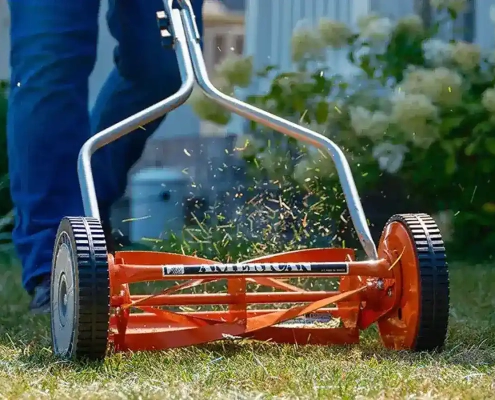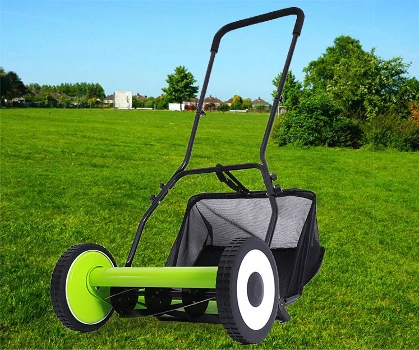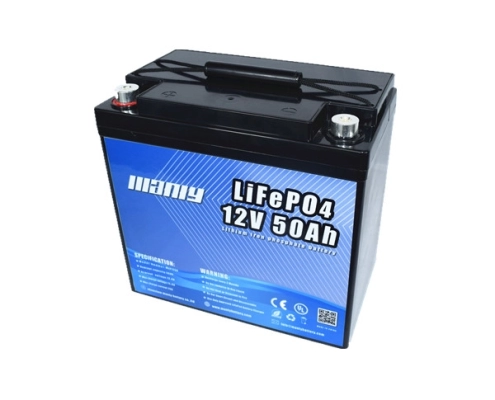More Products
Kinds of Lawn Mowers: Unveiling the Different Types of Mowers for Your Needs
Types of Mowers
According to different classification standards, lawn mowers can be classified as follows:
1. According to the mode of travel, it can be divided into:
Towing type, rear push type, mount type, tractor-mounted type.
2. According to the power drive mode, it can be divided into:
Human and animal power drive, engine drive, electric drive, solar drive.
3. According to the mowing method, it can be divided into:
Hob type, rotary knife type, side hanging type, flail knife type.
4. According to the requirements of mowing, it can be divided into:
Flat type, half waist type, truncated top type.

Manual lawn mower:
The height of the hand-push lawn mower is fixed, so there is no need to adjust the height manually, and the power is low, the noise is large, and the appearance is exquisite and beautiful. It can greatly reduce manual operations and is currently being widely used.
Hydraulic drive lawn mower:
The rear-wheel drive of the hydraulic lawn mower is mainly driven by a hydraulic motor, which is simple to operate and achieves zero turning. It has been widely used in commercial follow-on lawn mowers and riding lawn mowers. With good operability and power characteristics, it is mainly used for ordinary operations.

Rotary knife lawn mower:
The rotary lawn mower is suitable for harvesting natural grass and planting grass. According to the power transmission mode, it can be divided into two types: upper transmission type and lower transmission type. Rotary lawn mowers are characterized by simple structure, reliable operation, convenient adjustment, smooth transmission, no inertia balance, no jamming, high operating speed, and low maintenance. Its disadvantage is that the heavy cutting area is large and the cutting stubble is uneven.
Hob mower:
This lawn mower is mainly suitable for lawns with flat ground and high quality, such as various sports fields. Hob-type lawn mowers include hand-push and step-self-propelled, ride-on, large tractor traction and suspension. The cutting pot of the hob turning machine is mainly composed of a hob (moving knife) and a bottom knife (fixed knife). The hob is shaped like a round net-shaped squirrel cage, and the cutting knife is spirally installed on the cylindrical surface. The hob rotates to drive the grass stem to produce a gradual cutting sliding shear relative to the bed knife to cut the grass stem. The cutting quality of the hob mower is determined by the blade glue on the hob and the speed of the hob. The more the number of blades on the hob, the more times the cutting side per unit length travels, and the finer the cut grass; the number of blades on the hob generally ranges from 3-12. The higher the speed of the hob, the finer the cut grass.

Choosing the Right Battery for Your Lawn Mower
When it comes to maintaining a beautiful lawn, having a reliable and efficient lawn mower is essential. One crucial component that significantly affects the performance of your lawn mower is the battery. Selecting the right battery for your lawn mower is crucial for ensuring optimal performance and longevity. We will guide you through the process of choosing the perfect battery, step by step.
Consider the Type of Battery:
There are typically two main types of batteries used in lawn mowers: lead-acid batteries and lithium-ion batteries.
- Lead-acid batteries: These are more traditional and generally less expensive. They require periodic maintenance and may have a shorter lifespan.
- Lithium-ion batteries: These are newer and gaining popularity due to their longer lifespan, lighter weight, and maintenance-free nature. However, they can be pricier upfront.
Check the Voltage Requirement:
To ensure compatibility, it’s important to determine the voltage requirement of your lawn mower. Most lawn mowers typically use 12-volt batteries, but some larger models might require 24-volt or even 36-volt batteries. Consult your lawn mower’s user manual or check the specifications to find the correct voltage rating.
Evaluate the Battery Capacity:
Battery capacity is an essential factor to consider as it determines how long the battery will last on a single charge. It is typically measured in ampere-hours (Ah). Higher Ah ratings indicate longer runtime. Assess your lawn size and mowing needs to determine the appropriate battery capacity.
Assess the Charging Time:
Charging time is another crucial aspect to consider, especially if you have a large lawn. Some batteries may take several hours to fully recharge, which can be inconvenient if you have limited time for mowing. Look for batteries that offer quick charging options to minimize downtime.
Consider Compatibility and Fit:
Ensure that the battery you choose is compatible with your specific lawn mower model. Check the dimensions and terminal configuration to ensure a proper fit within the mower’s battery compartment. A battery that fits securely will prevent vibrations and damage during operation.
Evaluate Durability and Warranty:
Investing in a durable battery is essential for long-term satisfaction. Look for batteries that are built to withstand outdoor conditions, such as heat, cold, and vibration. Additionally, consider the warranty offered by the manufacturer. A longer warranty period indicates their confidence in the battery’s quality.
Choosing the right battery for your lawn mower is crucial for optimal performance and extended battery life. Take into account the type of battery, voltage requirement, battery capacity, charging time, compatibility, fit, durability, and warranty. By considering these factors, you can make an informed decision and select a battery that will power your lawn mower efficiently for years to come. Happy mowing!



